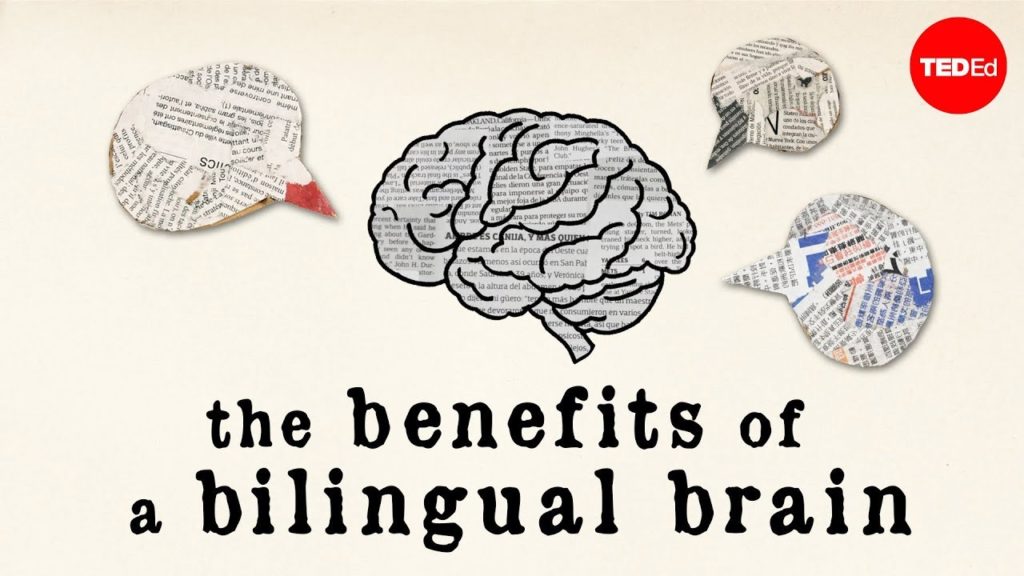The benefits of a bilingual brain

Bilingualism or multilingualism is a knowledge about two or more languages. There are many people in this people who know more than two languages. Knowledge of language has its own benefits in society as well in terms of brain strength.
The person who is a bilingual is a bit different in his/ her method of works as well as style of talks and in pronounciation. The types of bilingualism is classified into three i.e, a compound bilingual, a coordinate bilingual and a sub- coordinate bilingual.
A compound bilingual is a person who learns two languages in a single context simultaneously such as children. A coordinate bilingual is the one who learns two languages in separate contexts such as young people. A sub- coordinate bilingual is the one who learns a new language by filtering the words from his own mother tongue which is seen in elders.
Benefits
Reduced risk of getting Alzheimer’s disease, dementia by almost 5 years as there is an increase in the grey matter inside the brain. The dorsolateral prefrontal cortex part inside the brain is strengthened by the bilingualism effort which increases the activity inside the brain, making it more efficient in problem solving and in focusing in tasks and filtering of unwanted texts and also switching between tasks is easy.
These are various benefits of the bilingualism in the brain. But, children show more dominant bilingualism than adults because as we know that the brain is composed of two parts i.e, left side and right side.
The left side of the brain is mainly used for analytical and logical thinking. But while learning a language, the child’s brain has more plasticity than adults as it uses the both sides of the brain rather than in adults where only one side i.e, the left side is used. This is a result of critical period hypothesis.






Responses